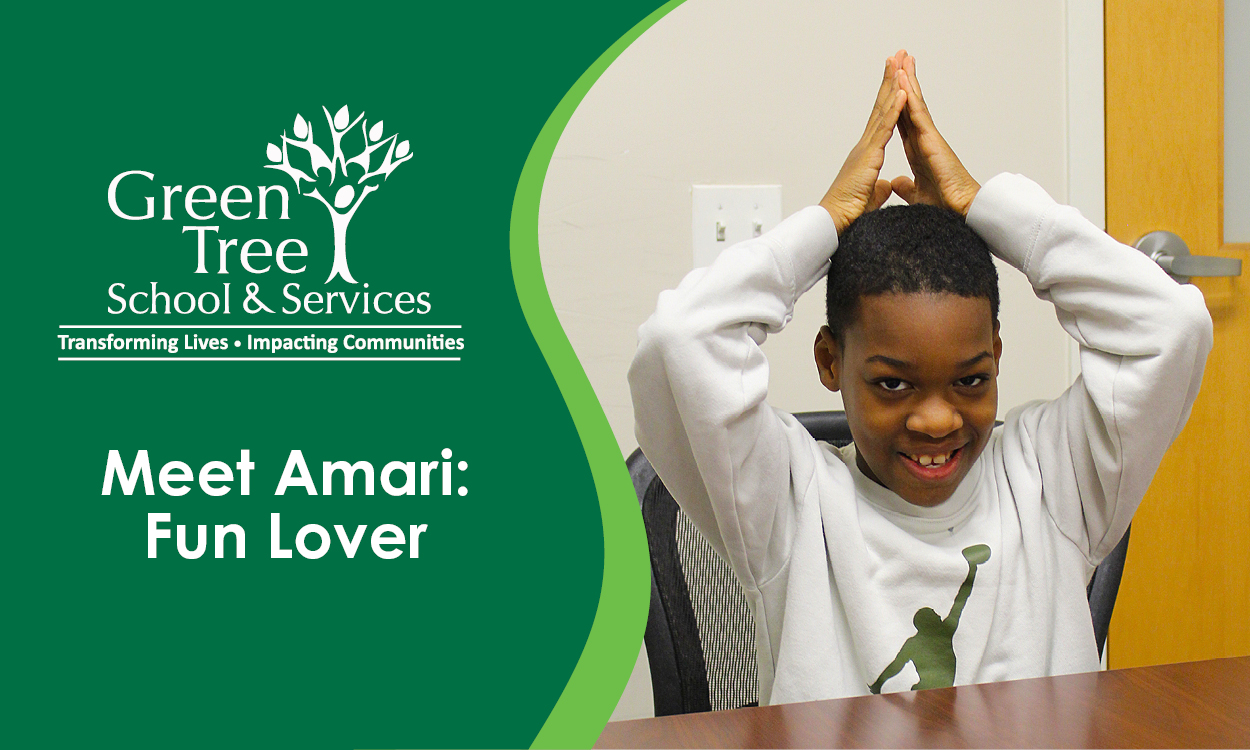Stop, No, Sit: Using Sign Language Strategically with Verbal Communicators
Posted: January 09, 2025 | Written By: Drew Delligatti | Category:

Written by Nathan Fesmire, Teacher and Reading Specialist, Rivermont School Lynchburg South, part of the New Story network of schools and services
The three most common directions I gave as a mental health associate in an elementary classroom for students with behavioral health issues were as follows: “stop, no, sit”. I became so tired of saying these words, particularly in class when any of my verbal redirection competed with the teacher's verbal instruction, that I stopped saying them. Instead, I signed them.
In my first role as a mental health associate for a private day school system, I worked in a classroom that served a few nonverbal and audio-impaired students, exposing me to basic sign language. When I moved to an elementary classroom with ten verbal communicators, I carried that knowledge with me. For one social skills lesson, I taught ten fourth and fifth graders the signs for “stop”, “no”, and “sit”. This knowledge allowed me to redirect the students silently in the middle of class without disrupting instruction.
Another advantage of nonverbal redirection through sign language is that it helps avoid the verbal escalation that can often accompany redirection. I found that when I redirected nonverbally, students typically responded nonverbally. This approach worked better to redirect students with behavioral challenges.
Sign language has value for verbal communicators. Parents of typically developing infants and toddlers can teach them signs as they often can move their hands more quickly than they can learn to talk, allowing them to communicate certain needs like milk or eating.
What Words to Teach:
While some words for educators and parents will often overlap, educators will get plenty of use out of the following behavior management signs:
- Stop
- No
- Sit
- Thank you
- Sorry
Meanwhile, parents will want to focus on some practical need-communication signs like:
- Milk
- Eat
- Drink
- Play
- More
By incorporating sign language into communication with verbal communicators, parents and educators can unlock a powerful tool to enhance interaction and understanding. Parents of young children can use signs to help their child express basic needs like "milk" or "play," fostering early communication and reducing frustration. Educators, on the other hand, can utilize signs for behavior management, such as "stop," "sit," or "thank you," creating a sensory-friendly and non-disruptive strategy for maintaining classroom order. This dual approach highlights the versatility of sign language in promoting connection and effective communication across different settings.
Want to be notified of new articles and resources from Green Tree Schools? Click here to submit your email and opt into our newsletter.









